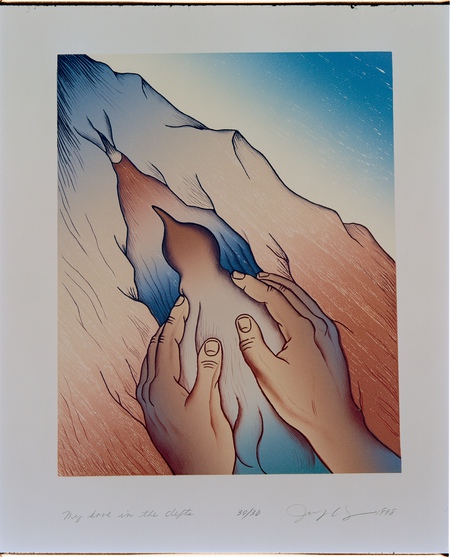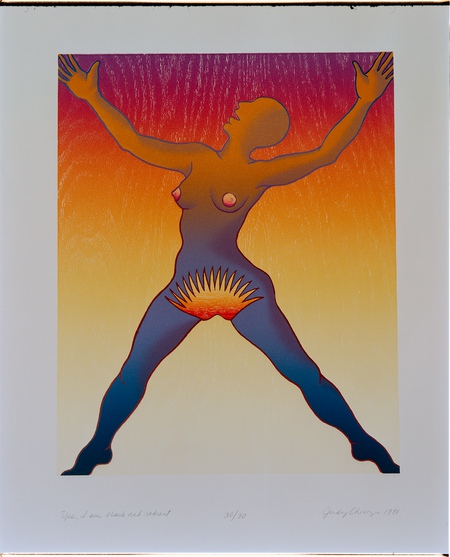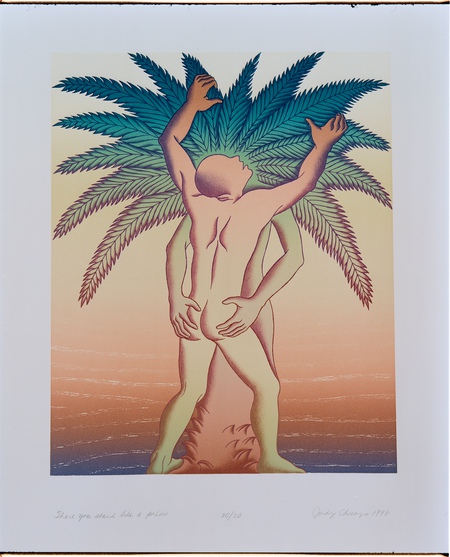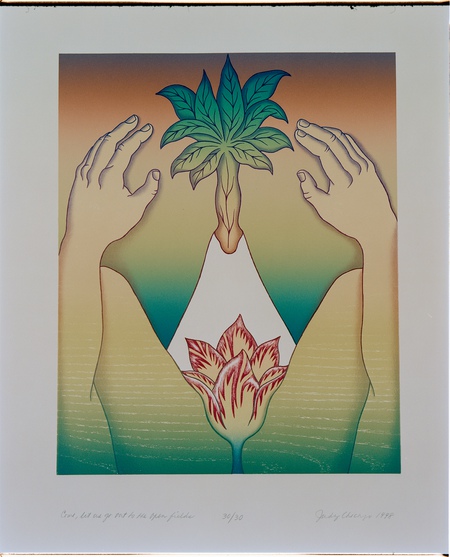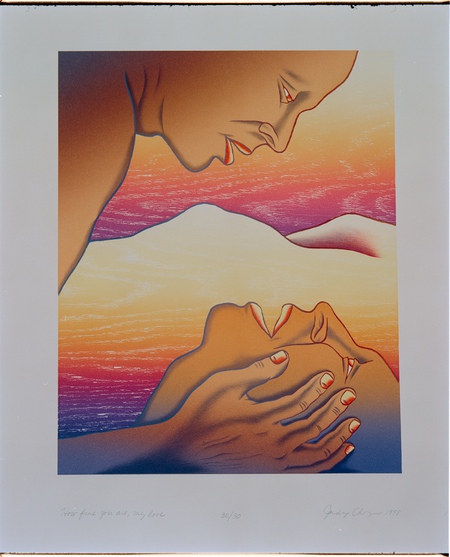Judy Chicago
Born 1939 Chicago, United States
Other name(s) Judith Sylvia Cohen
Biography
Judy Chicago is a feminist artist, author, and teacher, who had a leading role in establishing the 1970s Feminist Art Movement in America. She received a BA (1962) and MA (1964) in Fine Arts at the University of California, Los Angeles (UCLA). In the 1970s, she co-founded the Feminist Art Program at California State University, Fresno, with Miriam Schapiro. They collaborated with hundreds of volunteers to create the monumental feminist art installation, The Dinner Party (1974–79). This multimedia exploration of the history of women in Western Civilisation is now included in most standard texts about the development of twentieth-century art. Since The Dinner Party, collaborative art-making has been a characteristic feature of her practice. She works across a wide variety of media, including performance, painting, drawing, ceramics, glass, printmaking, and sculpture, often using a combination of media, geometric forms, and spectral colours, to communicate a sense of pride in the female body and spirit. Her six decades of professional practice has been the subject of several retrospectives.
Artwork Information
Voices from the Song of Songs (2000) is a suite of twelve prints illustrating verses from the Old Testament book the Song of Songs (also known as the Song of Solomon). Dating from the tenth century BCE, the verses are a collection of love poems in which different voices (a female, a male, and collective) celebrate love and union.
There have been many translations of the Song of Songs, but Judy Chicago decided to base her illustrations on that by Marcia Falk, which she selected due to its emphasis on ‘mutuality of desire, something that is sorely lacking in the history of erotic art which is traditionally from a male point of view’. The coming together of male and female perspectives reflect her belief that society can only advance towards genuine equality if we acknowledge the ‘essential differences between men and women’. The sexual indeterminacy of the characters denies discernible hierarchy to suggest mutual pleasure.
Chicago produced these illustrations after a period of intense research, compositional study, and analysis of technique to find the most appropriate mode of representation. By collaborating with skilled printmakers, Chicago was able to combine Heliorelief (a modern form of woodcut printing) with lithography. She chose these for the expressive potential of the media: she combined the wood-grain pattern from Heliorelief with untextured lithography in order to express the grain only selectively for appropriate evocative effect. The resultant elegant simplicity resonates with the gentle eroticism and equality celebrated by the poems.



